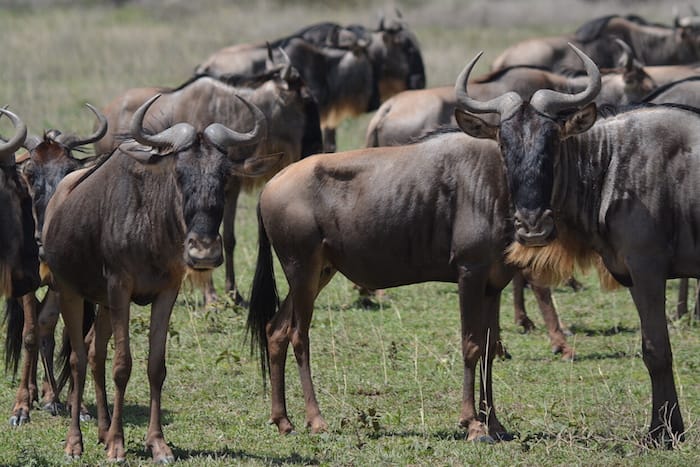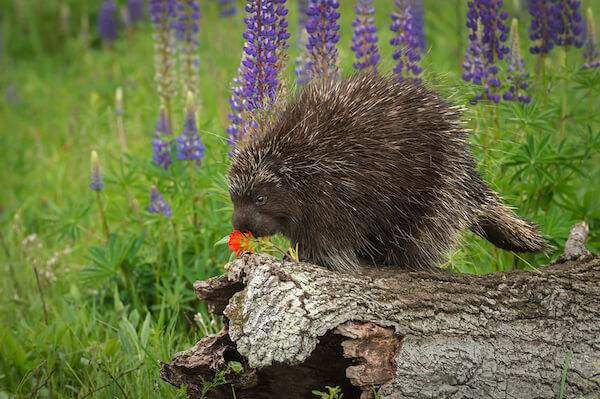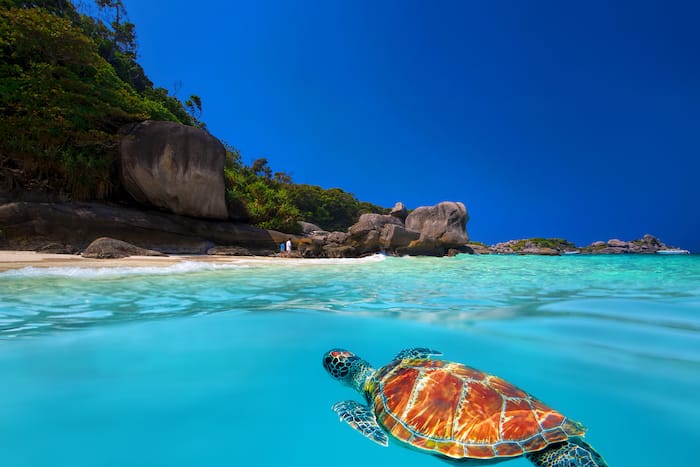The natural world is constantly changing and evolving, and animals play a vital role in adapting to these changes. Survival of the fittest is a concept that has been around for centuries, describing how only the strongest and most adaptable creatures can thrive and survive in their environment. Adaptation is a crucial component of an animal’s ability to survive and reproduce, and without it, its chances of survival dramatically decrease. From polar bears in the Arctic to camels in the desert, animals have developed remarkable ways to adapt to their environments.

We will explore the physical and behavioral adaptations of animals, ranging from camouflage to migration patterns, and how they have helped these creatures not only survive but also thrive in their environment. Through a deeper understanding of these adaptations, we can gain insight into the incredible resilience and ingenuity of the animal kingdom. Join us as we uncover the fascinating world of animal adaptation and survival. There are also animal adaptations for kids that can be used to help explain these concepts in a clear and understandable way.
How Animals Adapt to Their Environment
With the thousands of environmental changes occurring in the natural world, animals must adapt in order to survive. Whether it’s foraging for food, escaping predators, or coping with changing weather patterns, animals have developed unique and ingenious ways to adapt to their environment. From physical and behavioral changes to genetic mutations, animals demonstrate remarkable resilience and evolutionary adaptation. There are five main categories of adaptation: physical adaptations, behavioral adaptations, evolutionary changes, natural selection, and genetic variations.
1. Evolutionary Changes in the Animal Kingdom
The process of evolution is a slow but powerful force that shapes the animal kingdom. Animals that are better adapted to their environment will have an advantage in survival, while those that cannot adapt quickly enough will become extinct. Over time, some species may even develop new physical and behavioral adaptations that allow them to thrive in their environment. This process of natural selection can be seen in animals such as polar bears, which have developed thick layers of blubber to protect them from the cold temperatures of the Arctic.
2. The Role of Natural Selection in Adaptation
In the process of natural selection, only those animals best suited for their environment will survive and reproduce. This creates a cycle of adaptation where each generation is more adapted to its surroundings than the last. Natural selection can occur over long periods of time or take place rapidly within a single generation. The concept of survival of the fittest can be seen in action as animals compete for limited resources, and only the fittest will survive to pass on their genes.
3. Behavioral Adaptations of Animal
Animals also have the ability to change their behavior in order to adapt to their environment. Animals can modify or create new behaviors that help them survive and thrive. For example, some birds migrate to warmer climates during winter months in order to find food and shelter, while other animals may hibernate during harsh conditions. Still, others may learn to avoid predators or use camouflage to protect themselves.
4. Genetic Variations in Animal Adaptation
Genetic variations are the result of mutations that occur over time and can lead to significant changes in an animal’s physical characteristics. These variations can help an animal survive in its particular environment by providing them with new adaptations or better-suited traits. For example, some mammals have evolved long legs and hooves to help them traverse difficult terrain, while others may have developed fur that acts as a form of insulation or a unique color pattern to aid in camouflage.
Adaptations are the foundation of life on Earth, and understanding how animals adapt to their environment is essential for preserving biodiversity. By studying the fascinating interactions between creatures and their surroundings, we can gain insight into the incredible world of animal adaptation and survival.

Evolutionary Changes in the Animal Kingdom
The study of evolutionary changes in the animal kingdom is a fascinating and dynamic field that sheds light on how species adapt to their environment over time. These adaptations are driven by natural selection, a process whereby genetic variations that confer beneficial traits are more likely to be passed on to the next generation. Such traits may include physical features that enhance survival chances, behavioral changes that increase mating opportunities or the ability to find food or shelter, or even changes at the cellular or molecular level that improve physiological function.
Understanding the patterns and mechanisms of evolutionary change can help us predict how organisms might respond to current and future environmental challenges, as well as inform conservation efforts aimed at preserving biodiversity in the face of threats such as climate change and habitat loss.

The Impact of Human Activity on Wildlife Survival
Human activity has significantly impacted wildlife survival, contributing to the extinction of many animal species. The clearing of natural habitats for agriculture, construction, and other human activities has resulted in the destruction of animal habitats, leading to a loss of biodiversity. Pollution, overfishing, and hunting for commercial and recreational purposes have further compounded the problem. As a result, animals are forced to adapt to these changes in their environment, and some can survive better than others.
Nevertheless, the continued and rapid decline of animal populations signals a need for immediate action to mitigate human impact on the natural world. It is crucial to understand the different ways animals adapt and evolve to changes in their environment and to protect their habitats to ensure their survival, as they play an essential role in the balance of the ecosystems they inhabit.

The Power of Nature and Resilience of Animals
Animals possess an extraordinary ability to adapt to their environment and survive in the face of adversity, as they have done for millions of years. By studying how animals respond to environmental changes, we can gain insight into the amazing process of adaptation and evolution, thus informing conservation efforts to protect animal species in the face of human-caused threats. The power of nature and the resilience of animals never cease to amaze us, and understanding their unique ability to survive can inspire us all to work together to protect our planet’s wildlife.
In Conclusion
Animals are some of the most remarkable creatures in our world, with each species possessing unique capabilities that allow them to thrive in their respective environments. From physical adaptations like camouflage to behavioral adaptations like migration, these creatures have developed extraordinary ways to survive and pass on their genes to future generations. As we continue to study and understand these adaptations, we can gain a greater appreciation for the ingenuity and complexity of the natural world.
